Bonito Dashi is one of the most essential stocks in Japanese cuisine, along with kombu dashi. Its umami components enhance the flavor of soups and simmered dishes.
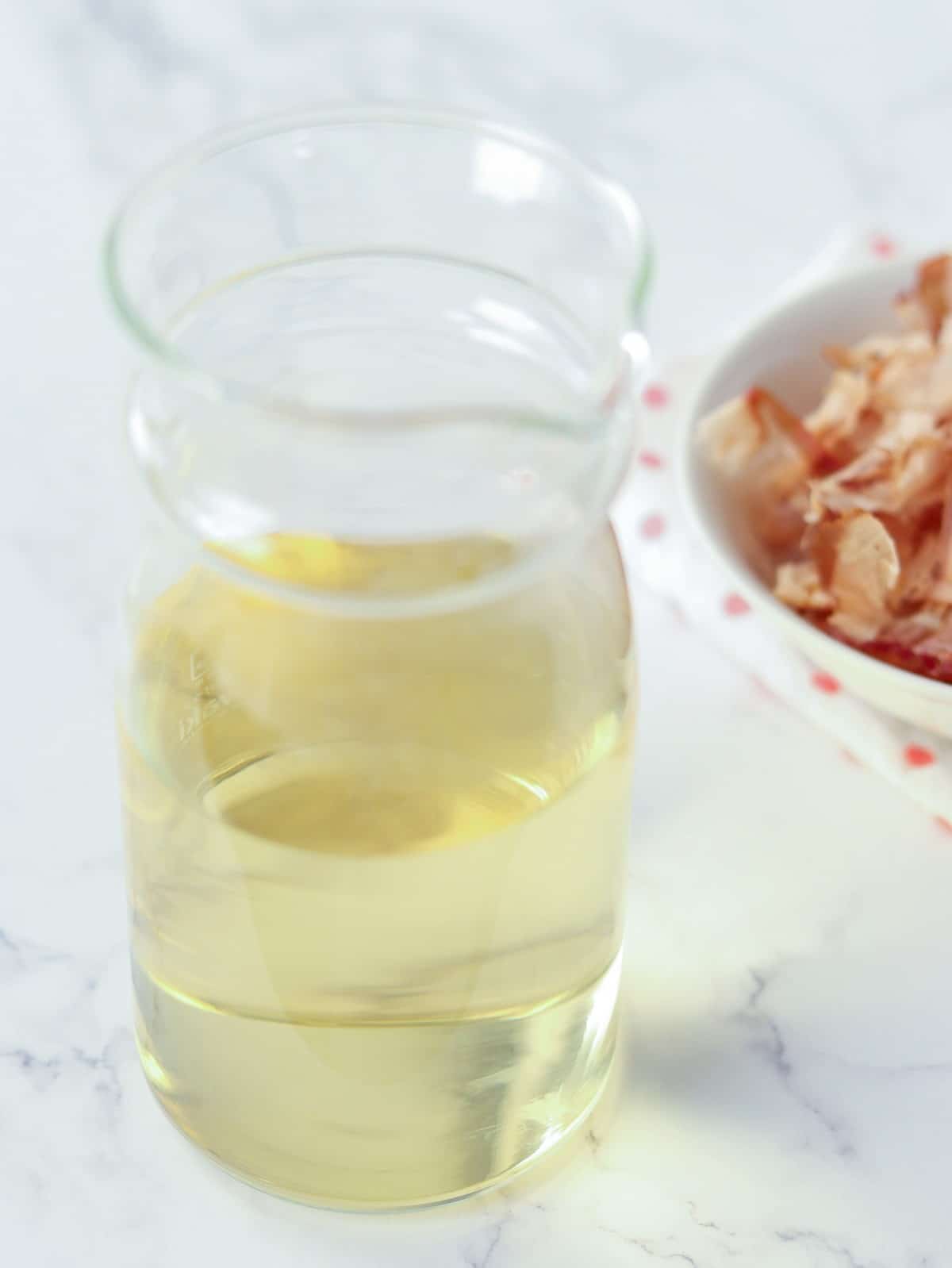
Additionally, when you combine kombu dashi and bonito dashi to make Awase Dashi, the synergistic effect dramatically enhances the umami components in each type of dashi.
In this article, I will share how to make both bonito dashi and awase dashi using various methods.
Jump to:
What is Bonito Dashi?
Bonito Dashi (also known as Katsuo Dashi) is a type of dashi stock made by extracting flavor from dried bonito flakes (katsuobushi). Bonito flakes are produced by shaving, boiling, and smoking bonito fish, and they are rich in inosinic acid, one of the umami components that humans perceive as tasty.
To make bonito dashi properly, you need to strain the bonito flakes through paper towels or cloth (such as cheesecloth), but it can also be prepared more easily using only a sieve (see below for details).
What is Awase Dashi?
Awase Dashi is a stock made by combining two (or more) types of dashi. "Awase" means to combine or mix. While dashi made from a single ingredient can be delicious, it is known that using two (or more) different ingredients enhances the umami of each through a synergistic effect, making the dish even more flavorful.
In particular, inosinic acid, the umami component of bonito dashi, and glutamic acid, the umami component of kombu dashi, complement each other well. Awase dashi, which combines the two, is the most popular dashi in Japan, and the term 'dashi' usually refers to this specific combination of dashi varieties.
There are other types of awase dashi, such as the combination of kombu dashi and shiitake dashi. To learn more about how to make kombu dashi and shiitake dashi, please refer to the respective linked pages.
Various ways to make bonito dashi
There are different ways to make bonito dashi for various purposes, depending on the amount of bonito flakes, the heat level, and the simmering duration. Each method has its own name and characteristics, as follows:
• Ichiban dashi (first brew dashi)
This method yields a delicate and clear dashi. Use bonito flakes equal to approximately 3% of the water's volume. Put water in a pot and heat it until it comes to a boil, then turn off the heat. Add the bonito flakes and let them steep, allowing the dashi to be extracted by the residual heat.
This method is ideal for making suimono or sumashijiru (both are traditional Japanese soups with dashi as the main component). However, in my opinion, it is not necessary to use such a large amount of bonito flakes for this purpose at home. However, it is a fundamental method used in authentic Japanese restaurants.
• Niban dashi (second brew dashi)
The remnants of bonito flakes from making ichiban dashi, along with additional bonito flakes, are used. You can extract dashi by simmering them together. The aroma is mild, but the umami is stronger than ichiban dashi. It is suitable for nimono dishes (Japanese simmered dishes) as well as miso soup.
• All-purpose dashi (suitable for daily use) - Highly recommended
This is my recommended method for making bonito dashi at home. Use bonito flakes at approximately 1% of the volume of water. By simmering them for a short time, you can draw out the umami and preserve the aroma.
It combines the refinement of ichiban dashi with the umami strength of niban dashi in moderation. It can be used for all kinds of dishes and is also economical because it requires a smaller amount of bonito flakes.
• Udon dashi
This method is especially for udon noodle soup. Use approximately 2% of the water's volume for bonito flakes. By simmering them thoroughly, you will extract a rich umami dashi.
For everyday use, you can make any Japanese dish with all-purpose dashi. Consider the other methods as options to enhance or refine specific dishes.
A hassle-free approach
The recipes I share on my blog demonstrate how to properly strain bonito dashi using a sieve lined with either paper towels or cloth. However, if you find this too much of a hassle, it is not absolutely necessary to make dashi in this way. Instead, you can make bonito dashi by placing bonito flakes directly in a sieve and simmering them together.
When using a sieve, it is recommended to use one with a fine mesh, but if you don't mind some bonito flakes mixing into the dashi, you can even use a coarser mesh. The methods for making bonito dashi can vary among Japanese households, so feel free to use whichever method you prefer.
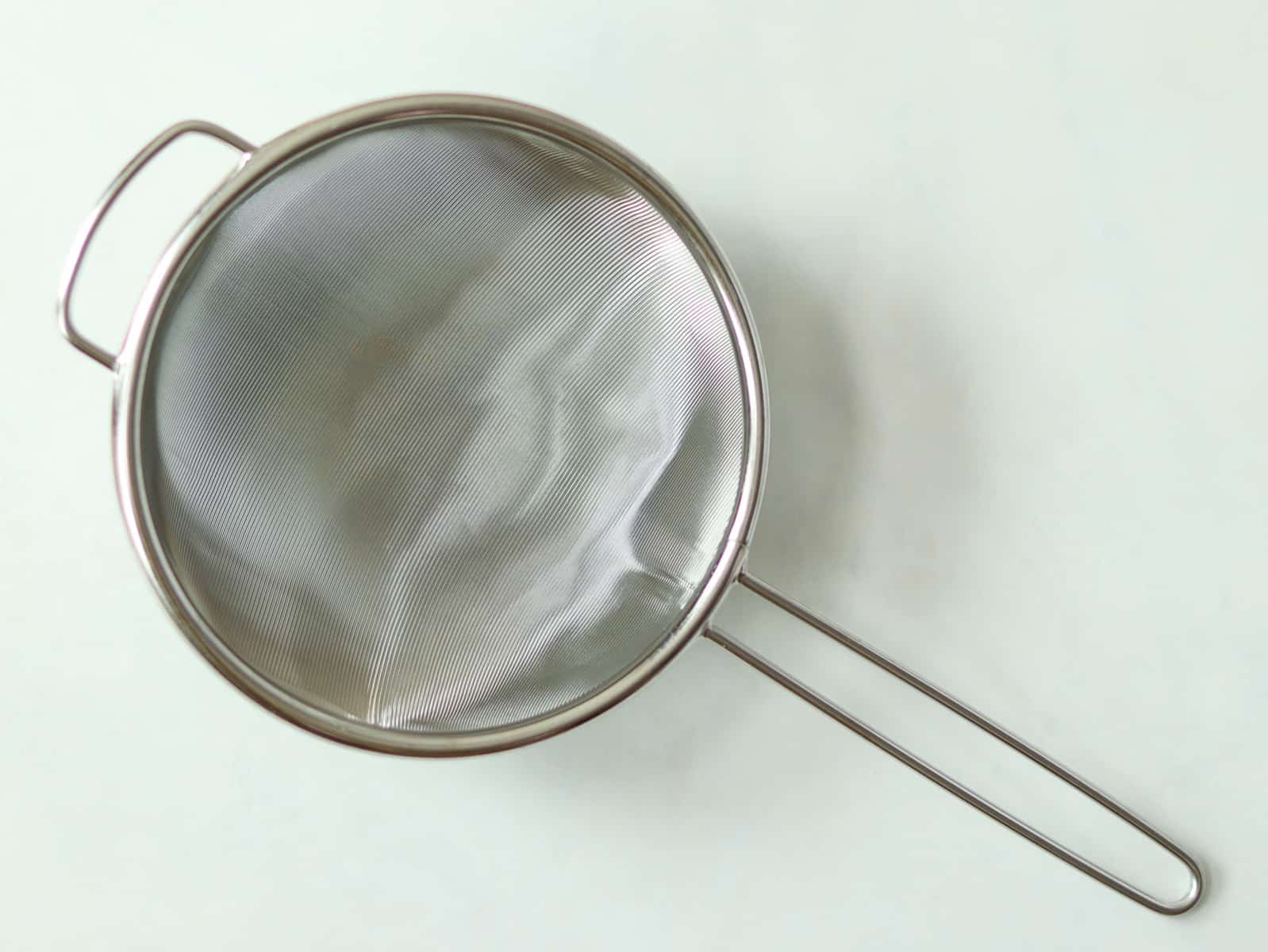
Authentic dashi vs. Convenient alternatives
There are products such as 'instant dashi granules' and 'dashi packets' available to easily make dashi stock. These items are popular in Japan and can be great options for busy individuals, but it is recommended not to use them if you are not regularly cooking Japanese dishes.
In most cases, they contain additional ingredients and additives that can result in a slightly different taste compared to authentic dashi. If you are familiar with the authentic dashi taste and still want to conveniently enjoy its flavor on a daily basis, using these items might be worth considering.
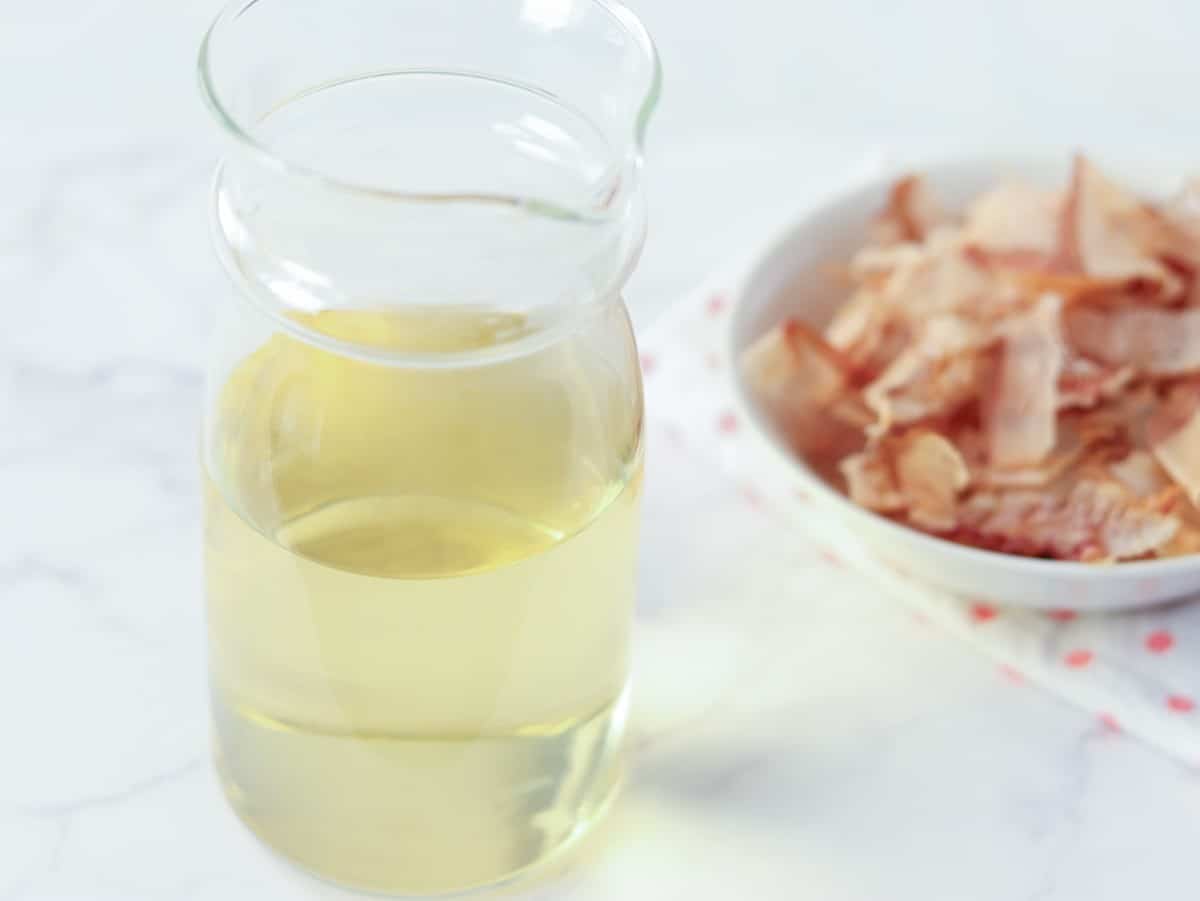
📋Step-by-step recipe
Ingredients
Ichiban dashi (first brew dashi):
- 2 cups water / kombu dashi
- 1 ⅓ cups bonito flakes (katsuobushi)
Niban dashi (second brew dashi):
- 2 cups water / kombu dashi
- ¼ cup bonito flakes (katsuobushi)
All-purpose dashi (suitable for daily use):
- 2 cups water / kombu dashi
- ½ cup bonito flakes (katsuobushi)
Udon dashi:
- 3 cups water / kombu dashi
- 1 ⅓ cups bonito flakes (katsuobushi)
You can make Bonito Dashi with water and Awase Dashi with kombu dashi.
The estimated amount of dashi obtained through the process is about 1 ⅔ cups (400 ml), which is approximately 80% of the original amount of water or kombu dashi.
Instructions
🕒 Total: 7-11 mins
Ichiban dashi (first brew dashi):

Step 1
Put water (or kombu dashi) in a pot and bring it to a boil. Once boiling, turn off the heat and add bonito flakes. Let it steep for 2 minutes.
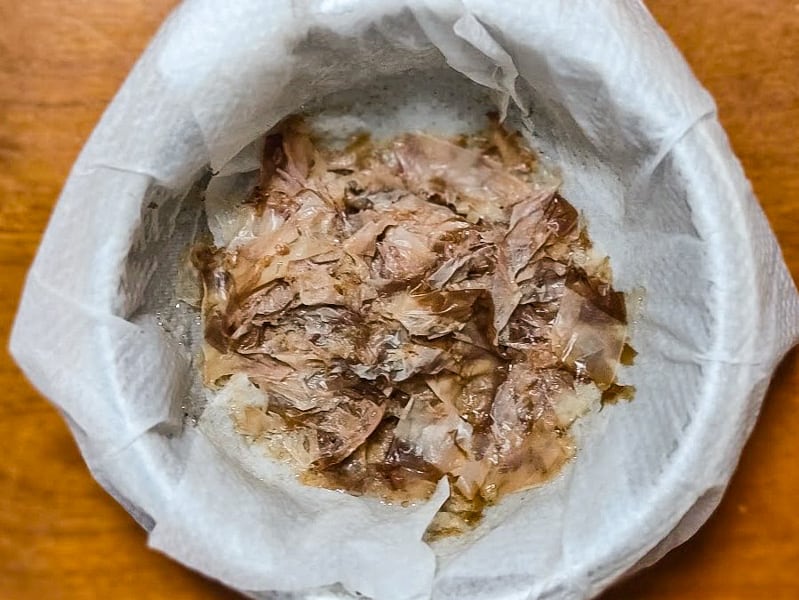
Step 2
Strain the mixture through a sieve lined with paper towels or a cloth (such as cheesecloth).
Niban dashi (second brew dashi):
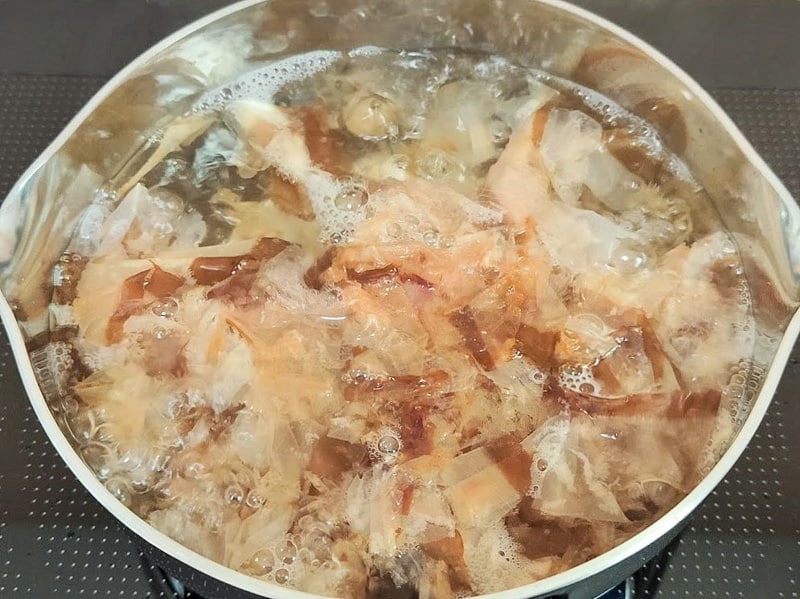
Step 1
Put water (or kombu dashi) in a pot and bring it to a boil. Once boiling, reduce the heat to low, add the remnants of the stock from making ichiban dashi, along with additional bonito flakes, and let it simmer for 3 minutes.
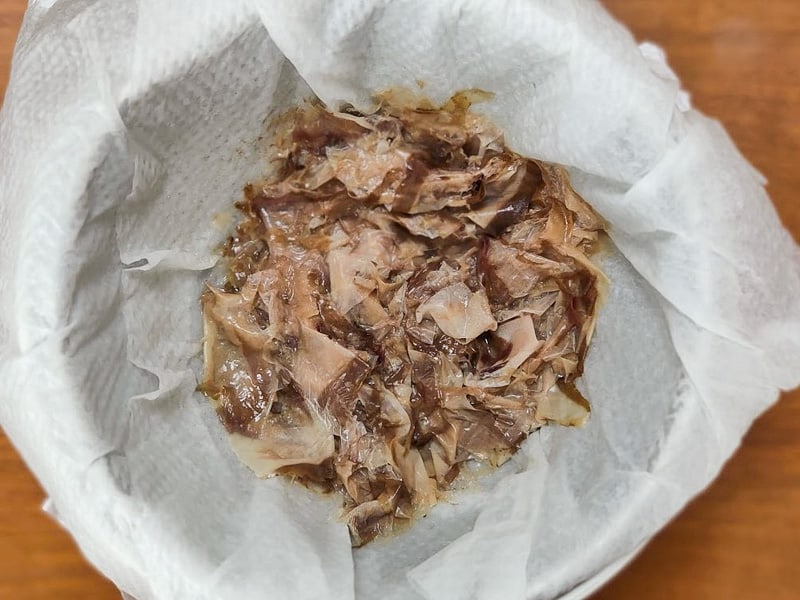
Step 2
Turn off the heat and strain the mixture through a sieve lined with paper towels or a cloth (such as cheesecloth).
All-purpose dashi (suitable for daily use):
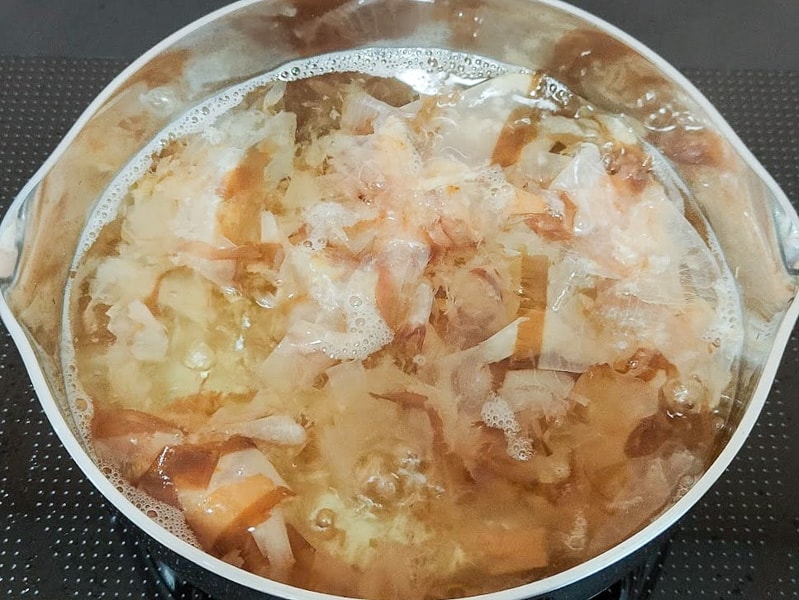
Step 1
Put water (or kombu dashi) in a pot and bring it to a boil. Once boiling, reduce the heat to low, add bonito flakes, and let it simmer for 3 minutes.
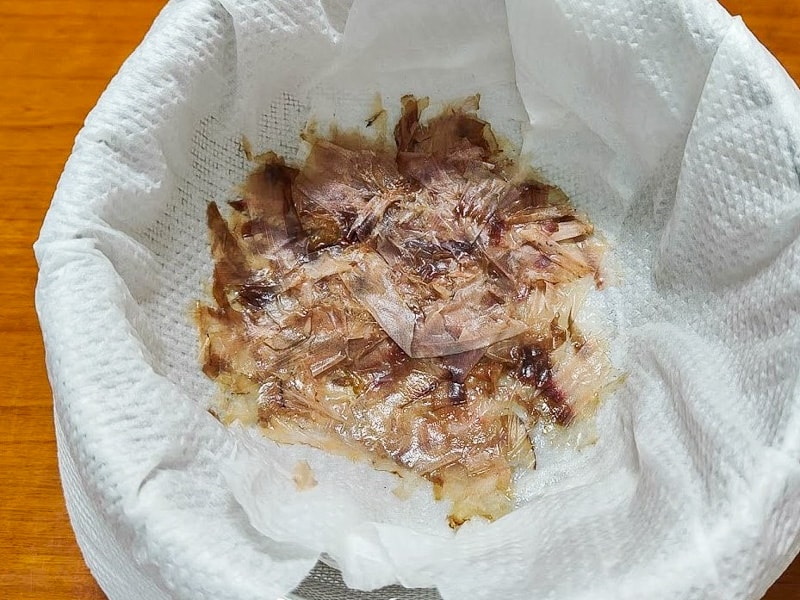
Step 2
Turn off the heat and strain the mixture through a sieve lined with paper towels or a cloth (such as cheesecloth).
Udon dashi:
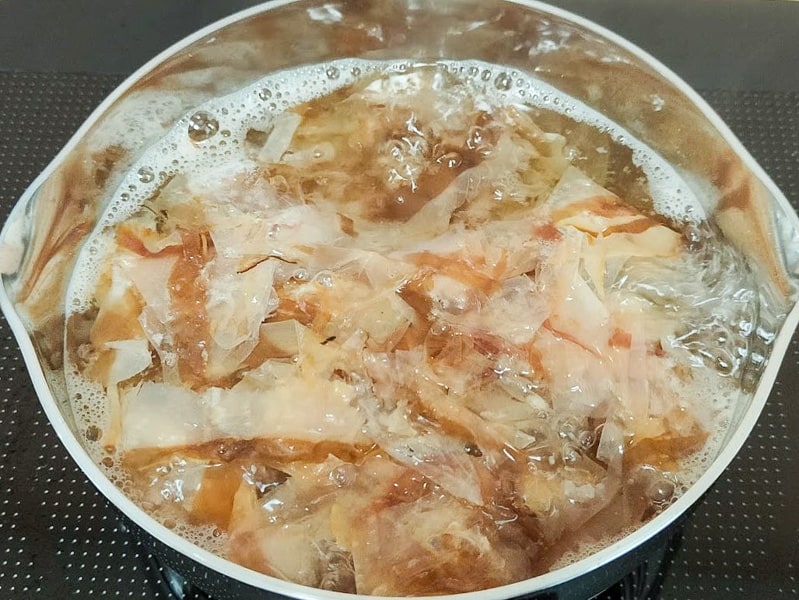
Step 1
Put water (or kombu dashi) in a pot and bring it to a boil. Once boiling, reduce the heat to low, add bonito flakes, and let it simmer for 6 minutes.
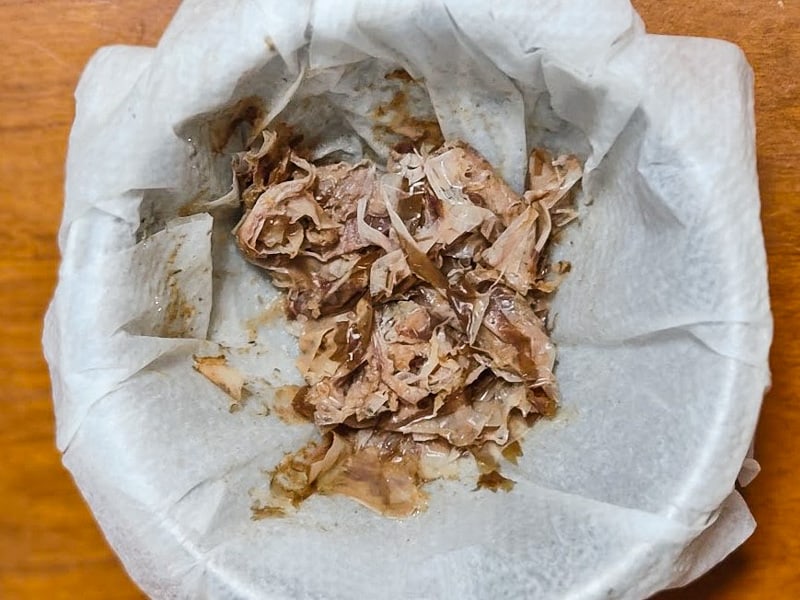
Step 2
Turn off the heat and strain the mixture through a sieve lined with paper towels or a cloth (such as cheesecloth).
To store
You can store it in the refrigerator for up to 3 days or in the freezer for up to a month.
Tips on how to make
- When making ichiban dashi, avoid squeezing the bonito flakes after extracting the dashi. Doing so may compromise the clean flavor. Only use dashi that has been naturally strained by gravity. This rule does not apply when making bonito dashi using other methods.
If you try this recipe, I’d love to hear what you think. Please consider leaving a review and star rating in the comments below. If you enjoyed it, I’d really appreciate it if you shared it with your friends.
Repurposing leftover bonito flakes
You can repurpose leftover bonito flakes from making dashi (except for those used in niban dashi) by turning them into delicious furikake (dried Japanese rice seasoning). After making dashi, feel free to try the recipe for Bonito Furikake on the linked page as well.
Recipe card
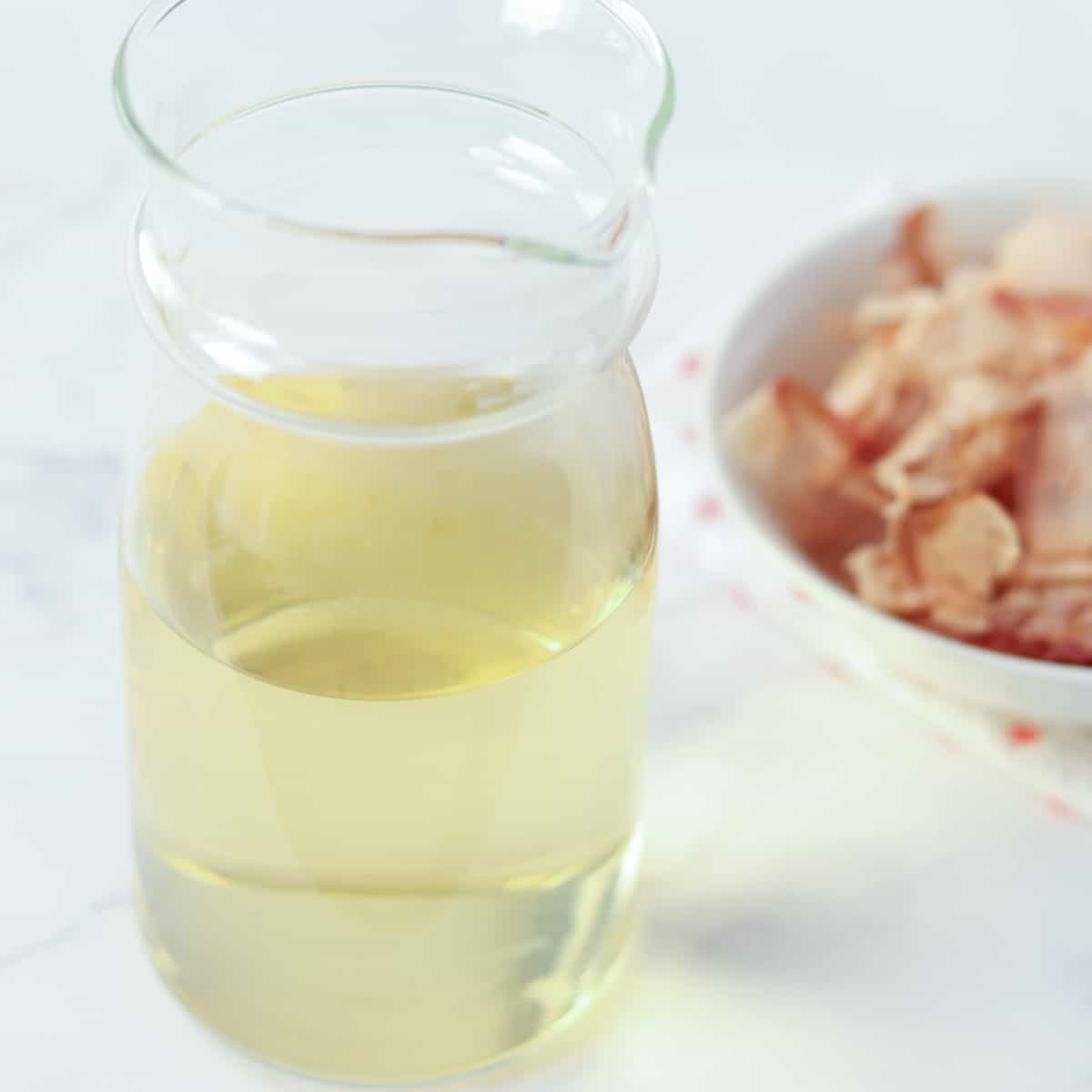
How to Make Bonito Dashi & Awase Dashi for Various Uses
Ingredients
Ichiban dashi (first brew dashi):
- 2 cups water / kombu dashi
- 1 ⅓ cups bonito flakes (katsuobushi)
Niban dashi (second brew dashi):
- 2 cups water / kombu dashi
- ¼ cup bonito flakes (katsuobushi)
All-purpose dashi (suitable for daily use):
- 2 cups water / kombu dashi
- ½ cup bonito flakes (katsuobushi)
Udon dashi:
- 3 cups water / kombu dashi
- 1 ⅓ cups bonito flakes (katsuobushi)
Instructions
Ichiban dashi (first brew dashi):
- Put water (or kombu dashi) in a pot and bring it to a boil. Once boiling, turn off the heat and add bonito flakes. Let it steep for 2 minutes.
- Strain the mixture through a sieve lined with paper towels or a cloth (such as cheesecloth).
Niban dashi (second brew dashi):
- Put water (or kombu dashi) in a pot and bring it to a boil. Once boiling, reduce the heat to low, add the remnants of the stock from making ichiban dashi, along with additional bonito flakes, and let it simmer for 3 minutes.
- Turn off the heat and strain the mixture through a sieve lined with paper towels or a cloth (such as cheesecloth).
All-purpose dashi (suitable for daily use):
- Put water (or kombu dashi) in a pot and bring it to a boil. Once boiling, reduce the heat to low, add bonito flakes, and let it simmer for 3 minutes.
- Turn off the heat and strain the mixture through a sieve lined with paper towels or a cloth (such as cheesecloth).
Udon dashi:
- Put water (or kombu dashi) in a pot and bring it to a boil. Once boiling, reduce the heat to low, add bonito flakes, and let it simmer for 6 minutes.
- Turn off the heat and strain the mixture through a sieve lined with paper towels or a cloth (such as cheesecloth).
Notes
- You can make Bonito Dashi with water and Awase Dashi with kombu dashi.
- The estimated amount of dashi obtained through the process is about 1 ⅔ cups (400 ml), which is approximately 80% of the original amount of water or kombu dashi.
- When making udon dashi, the total cooking time is 11 minutes.
- You can store it in the refrigerator for up to 3 days or in the freezer for up to a month.



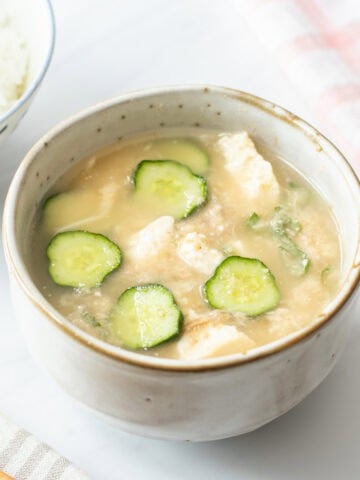

Leave a Rating and a Comment